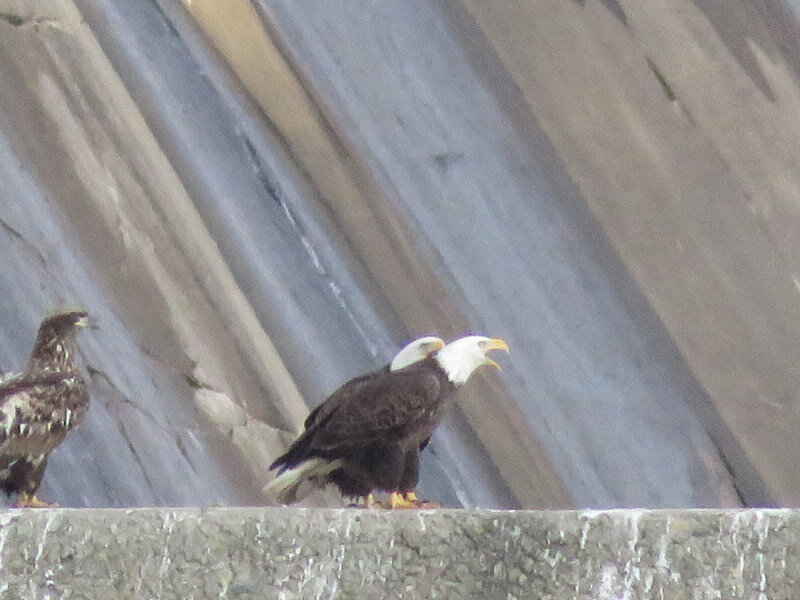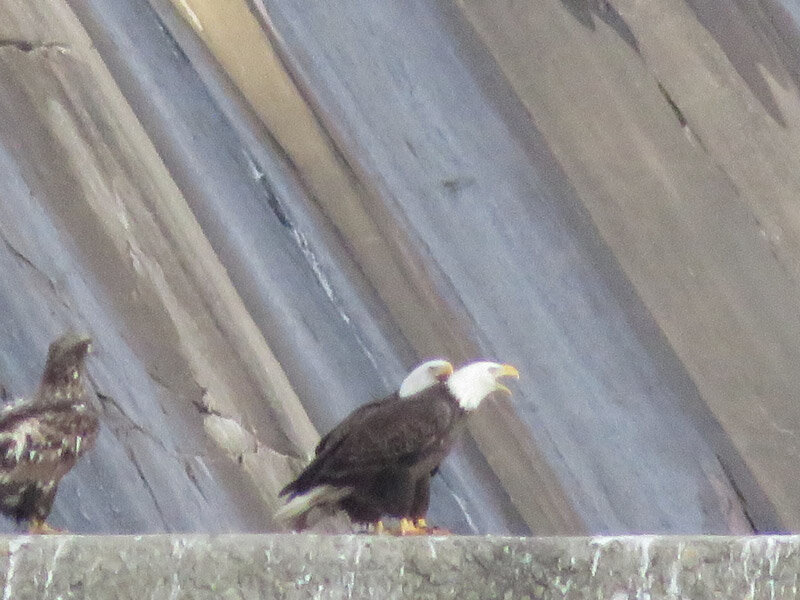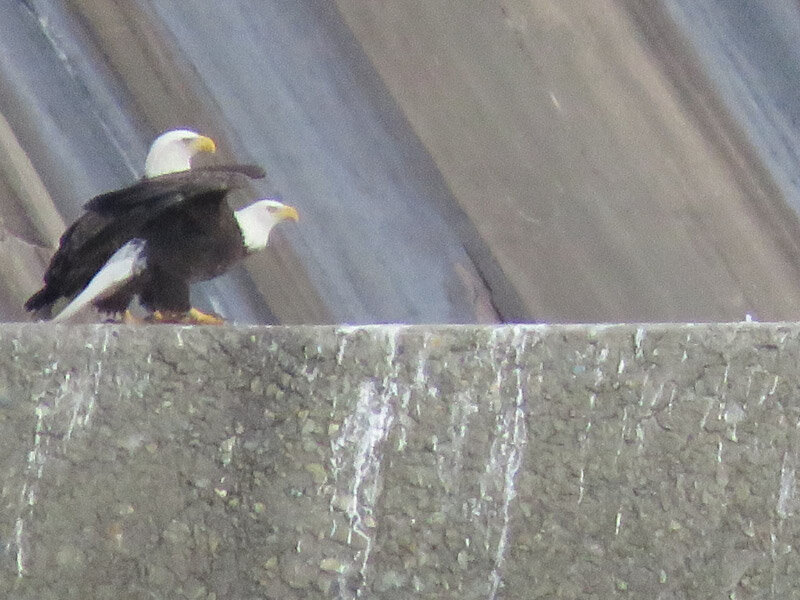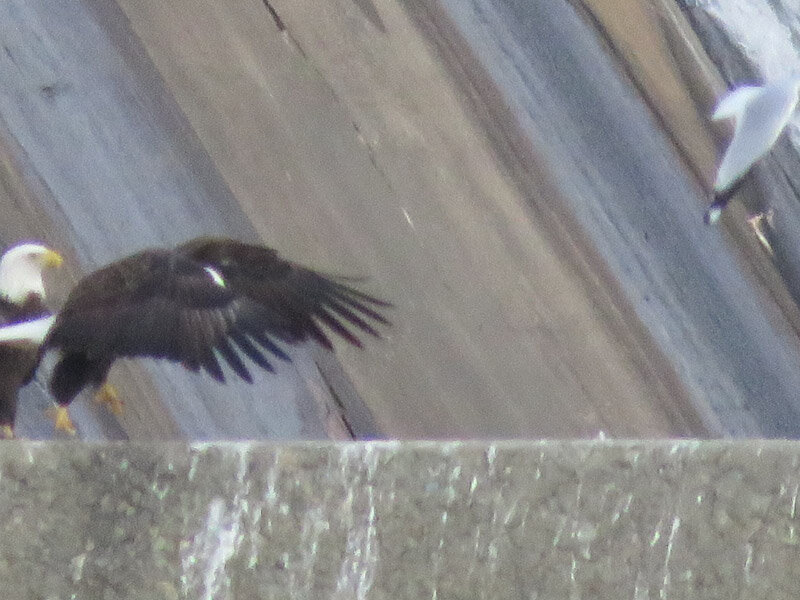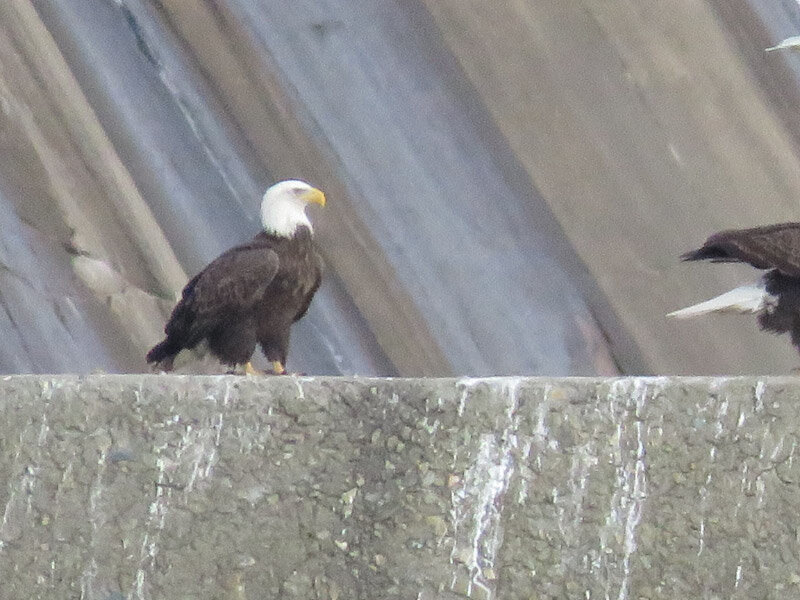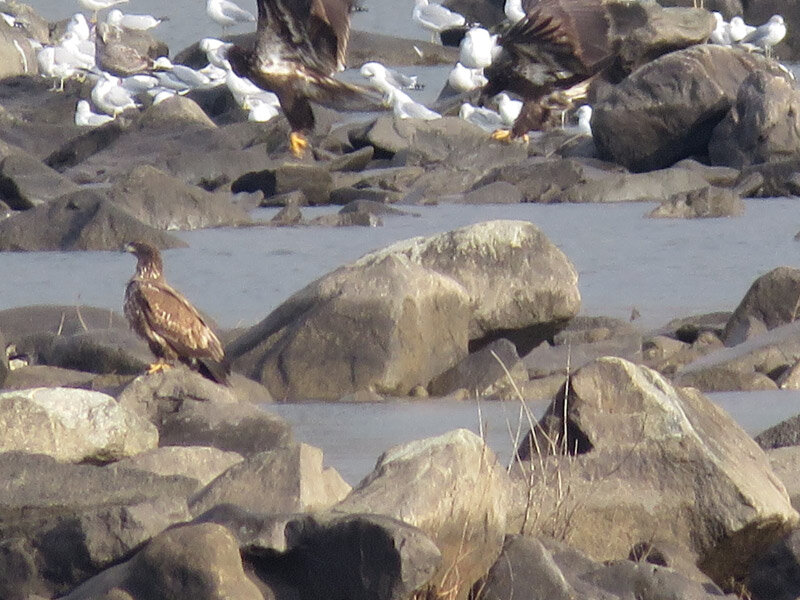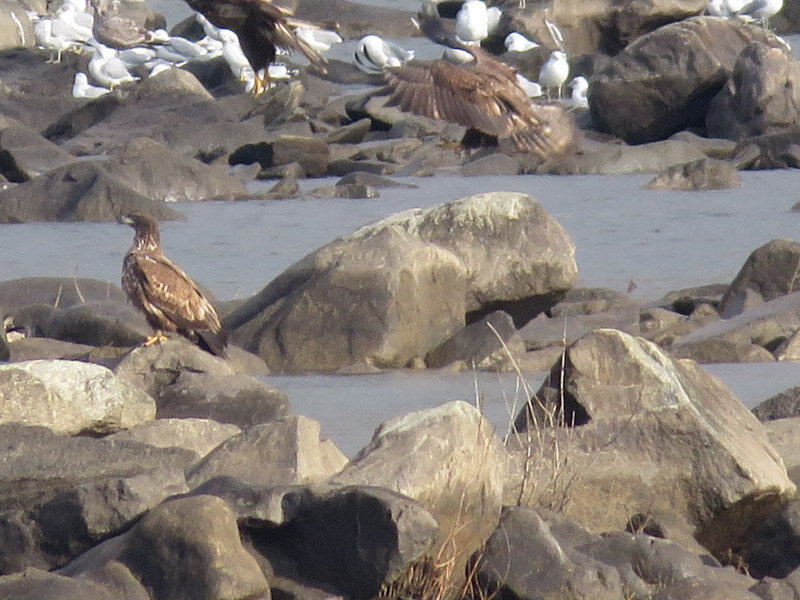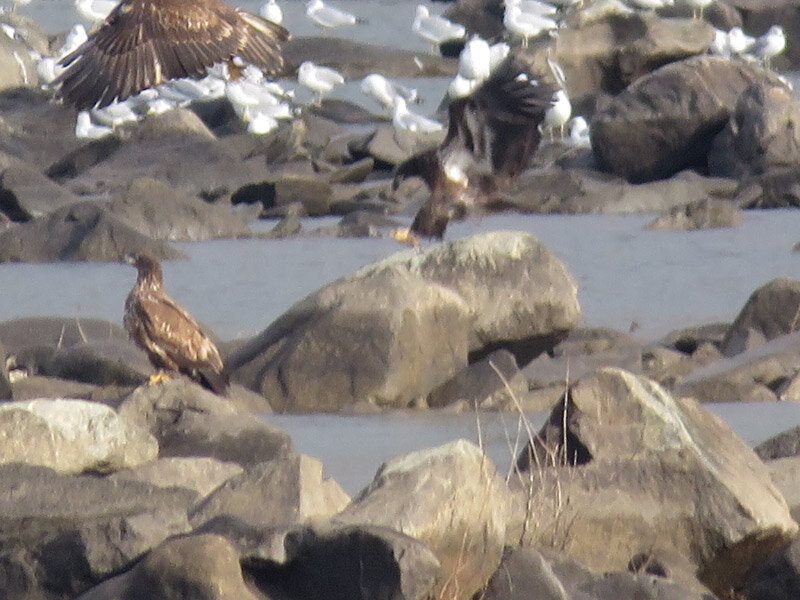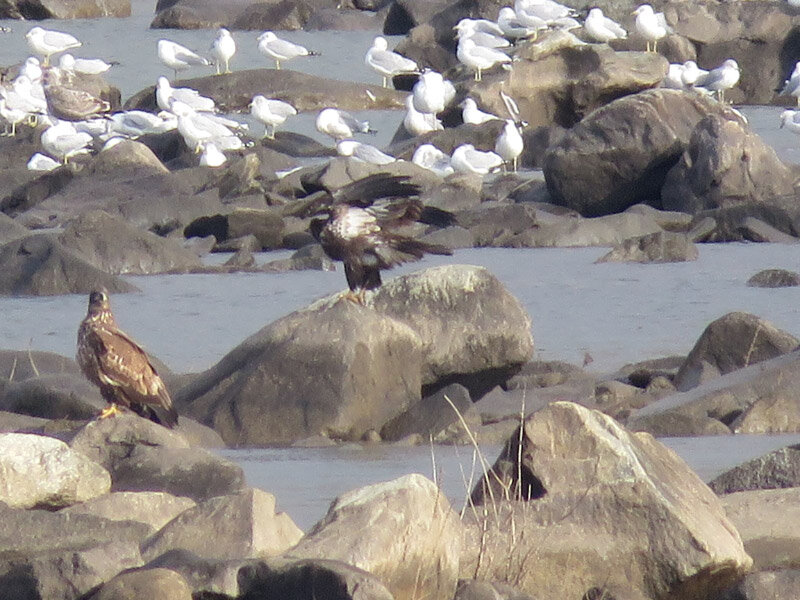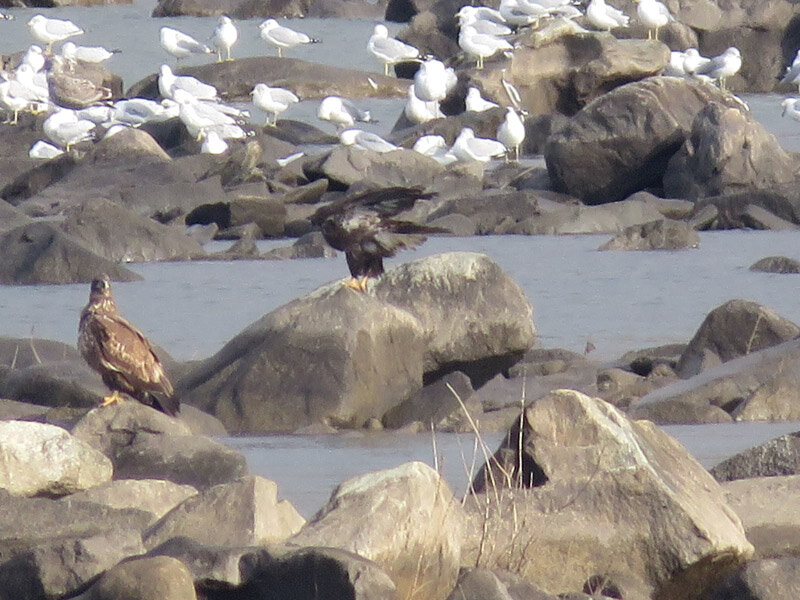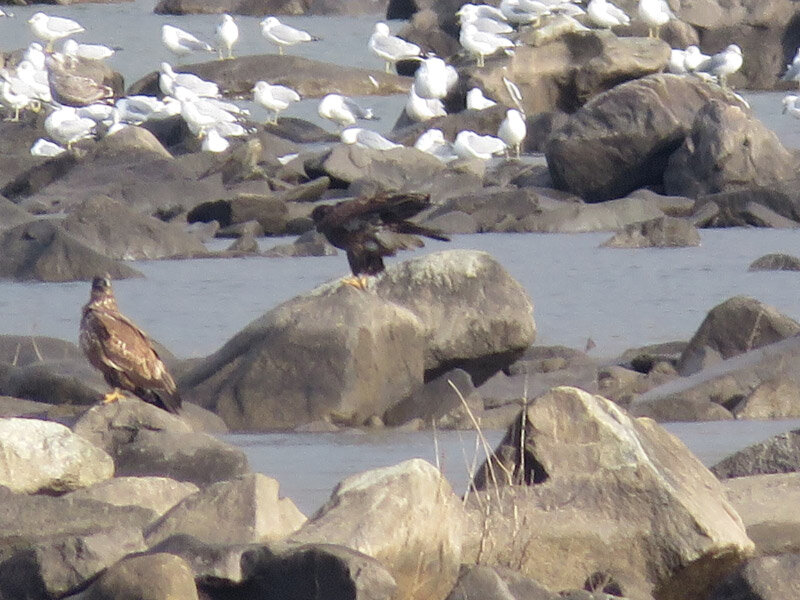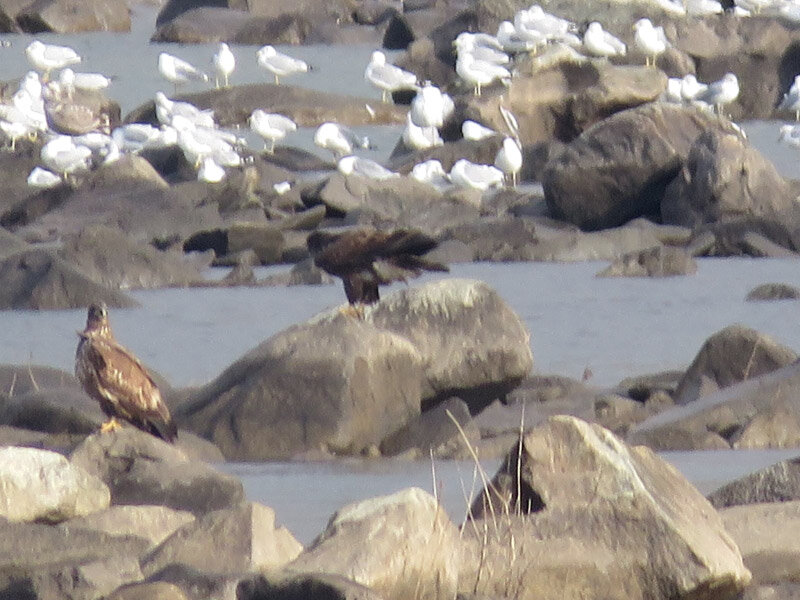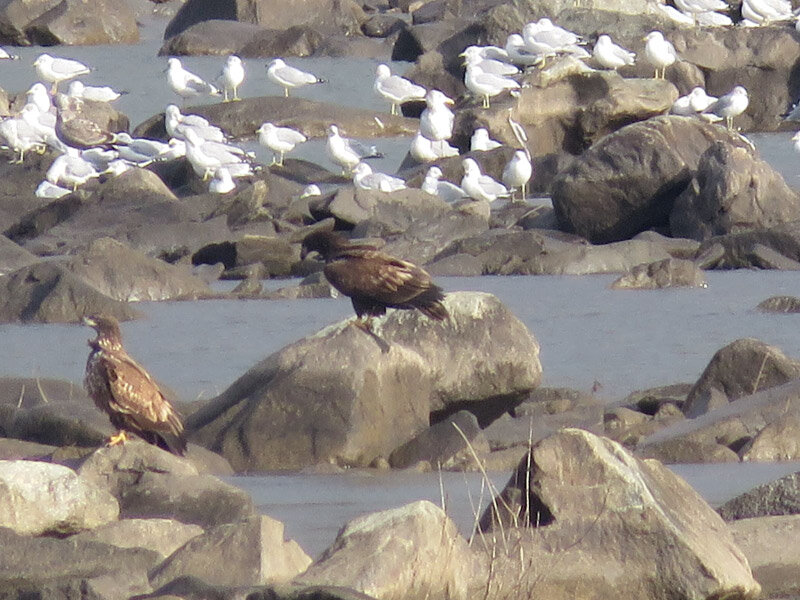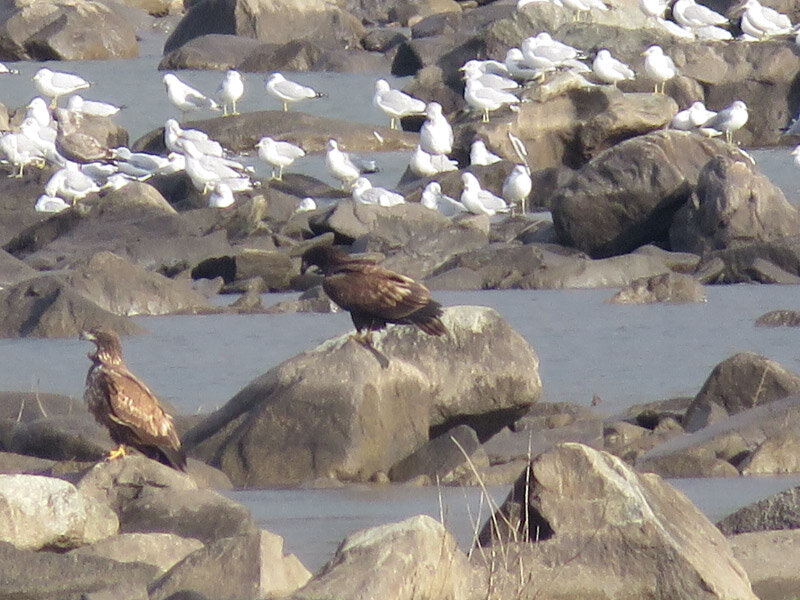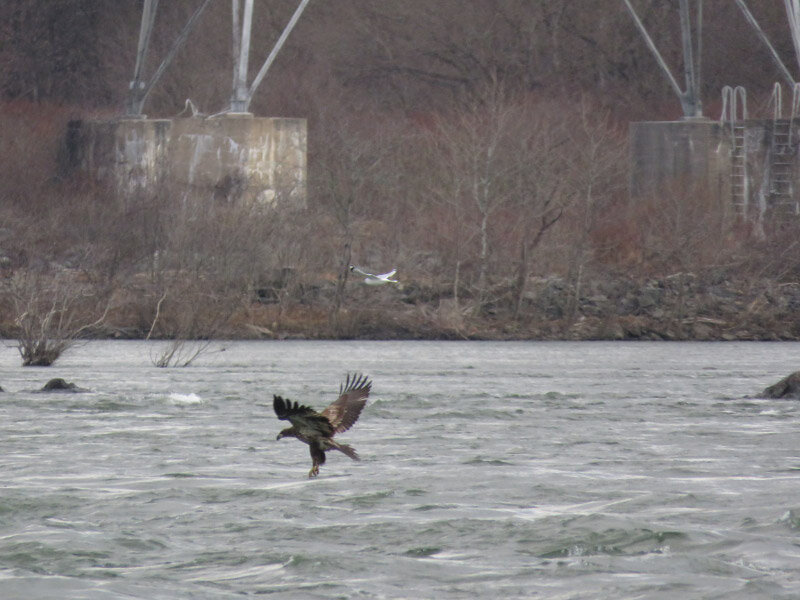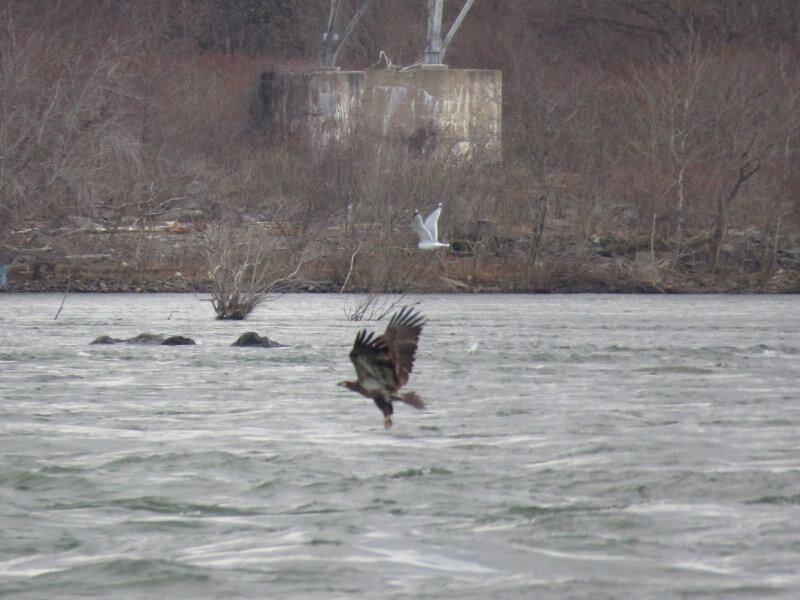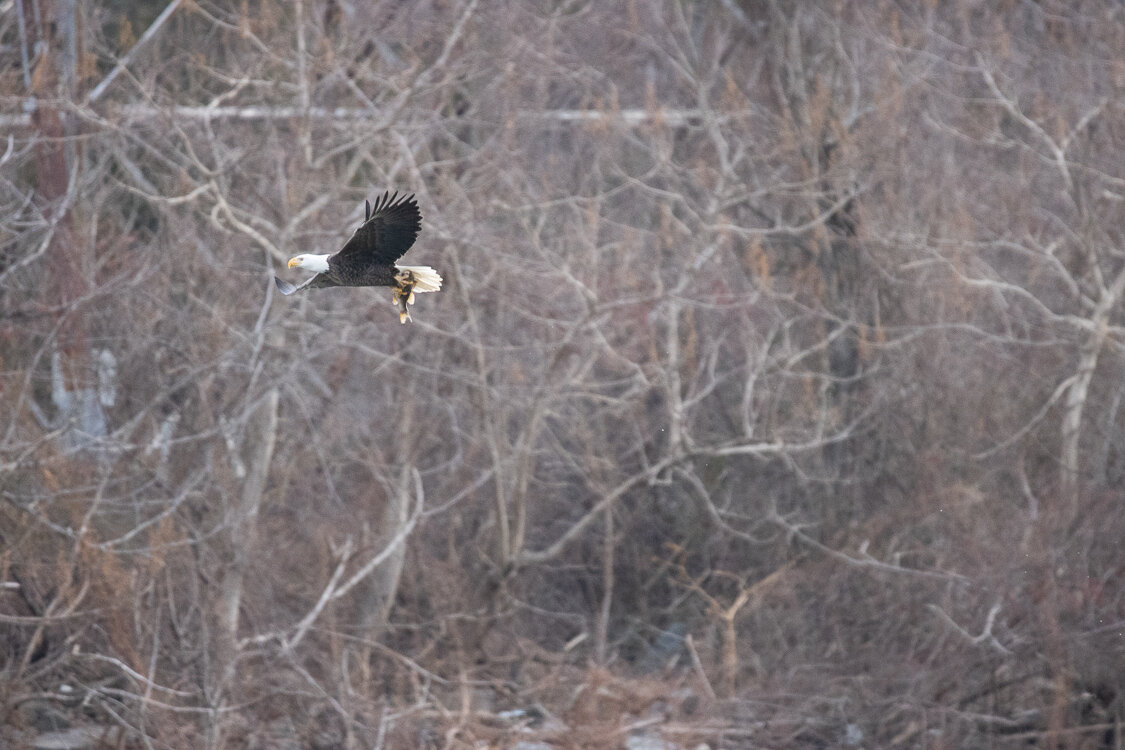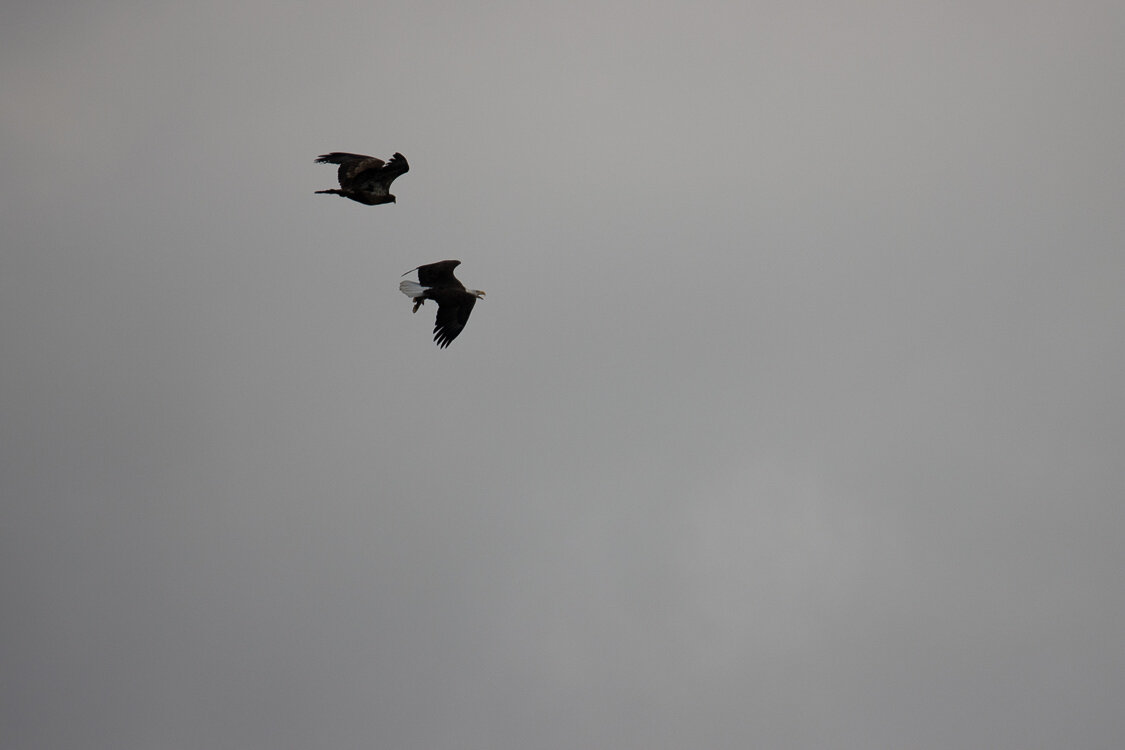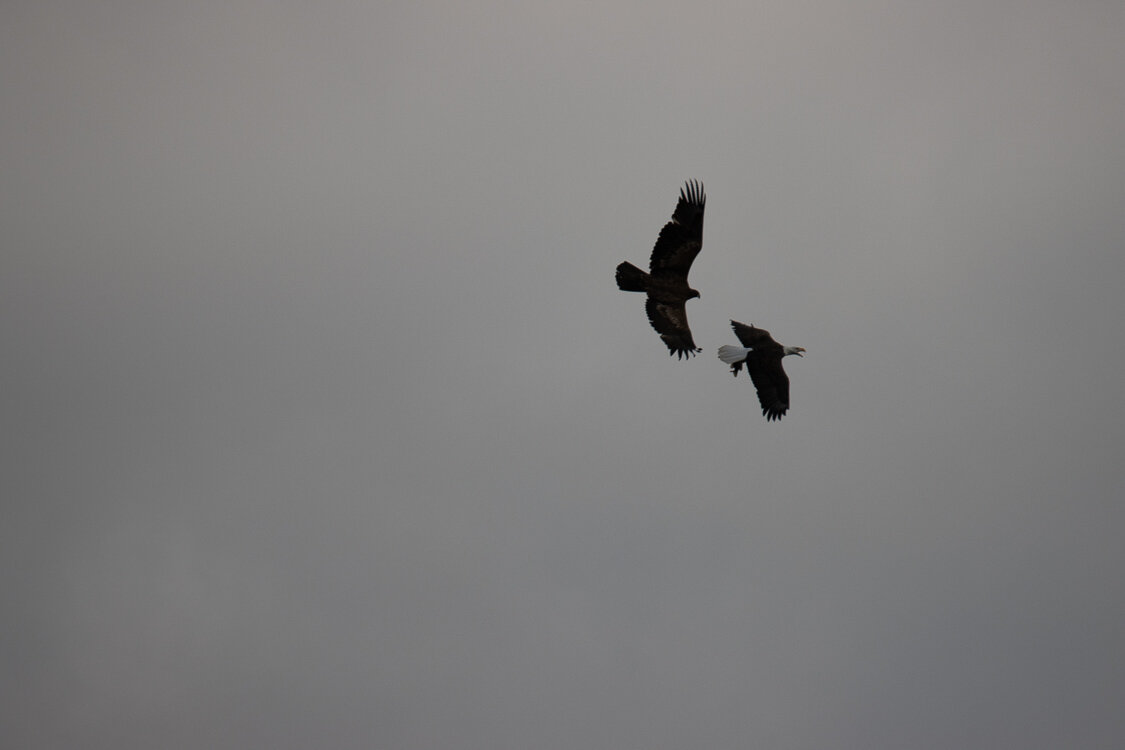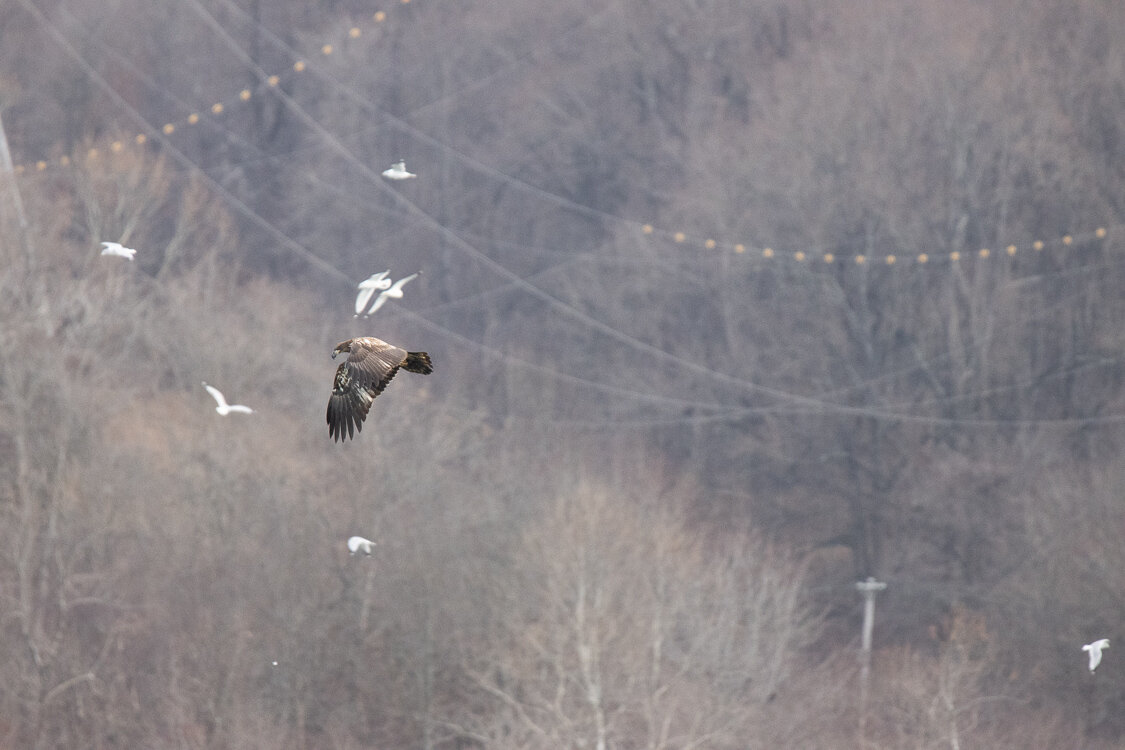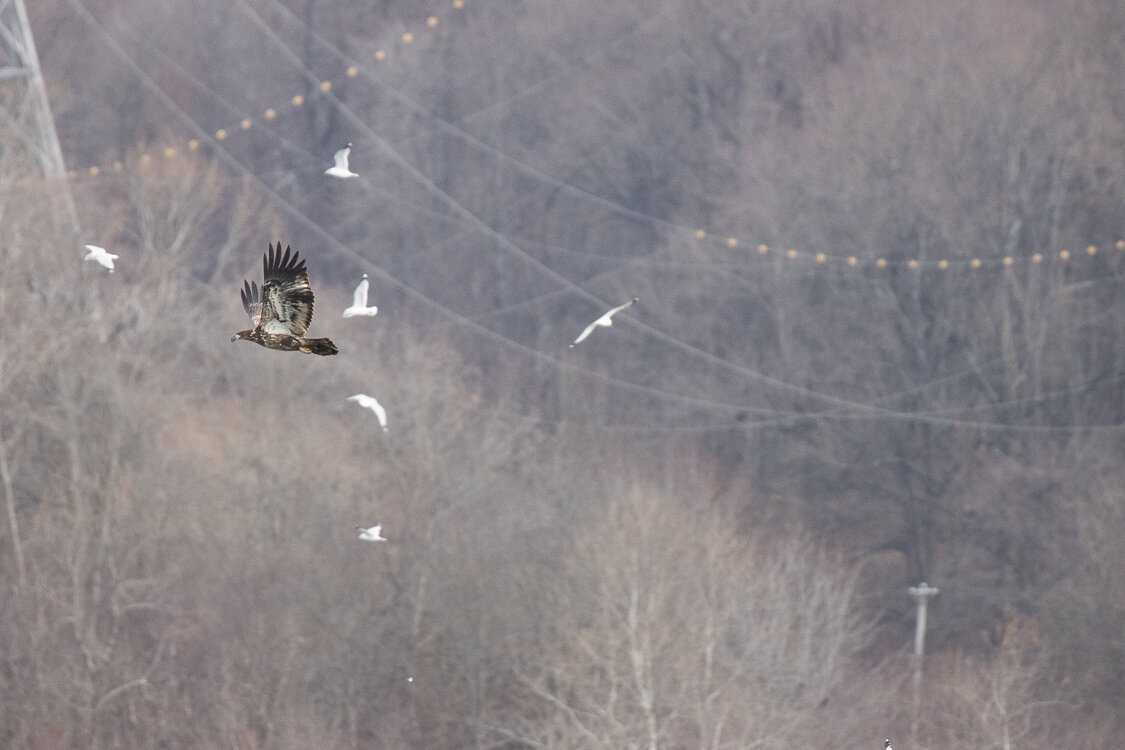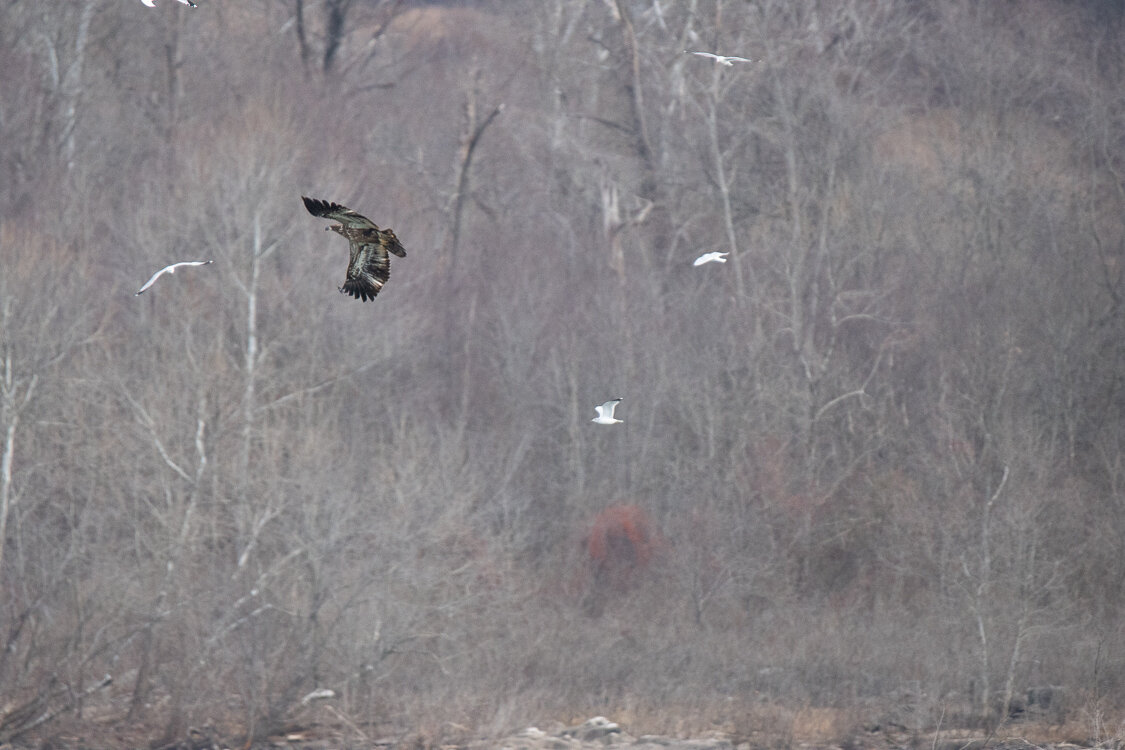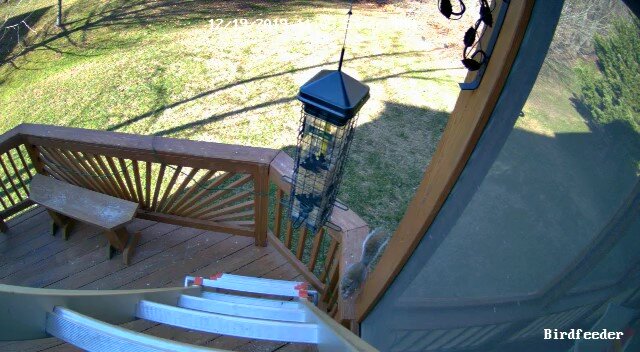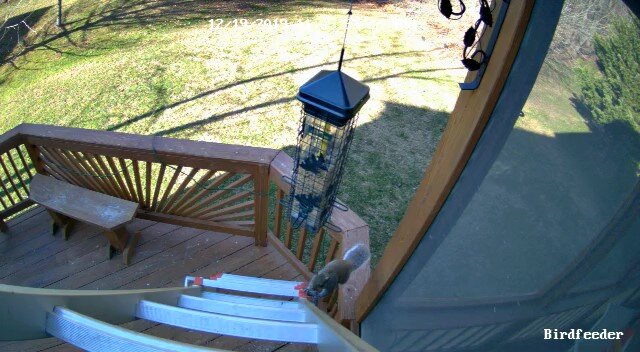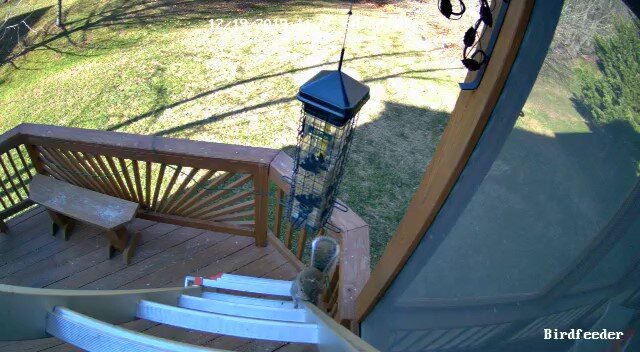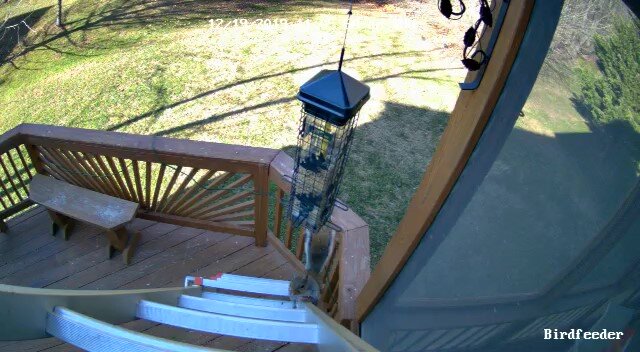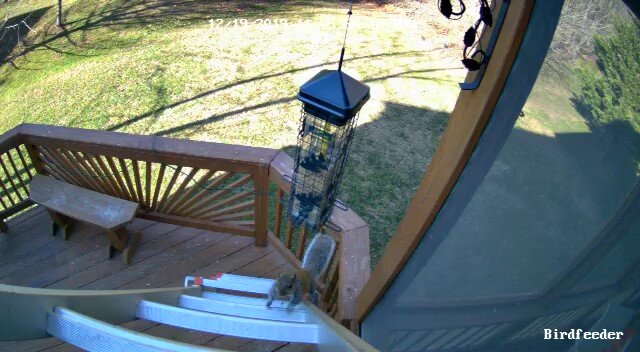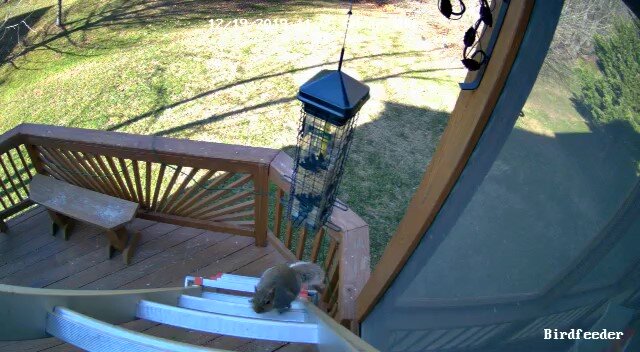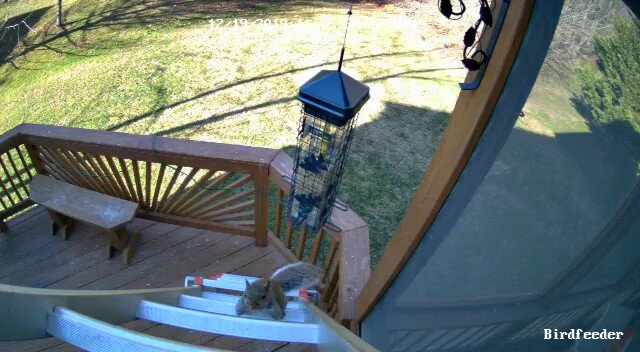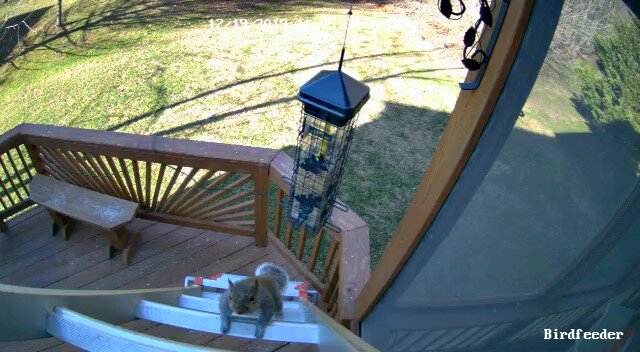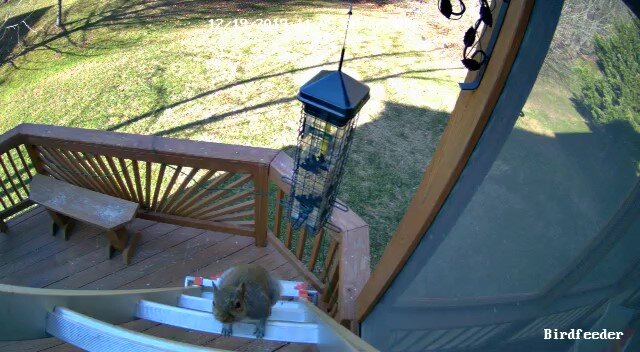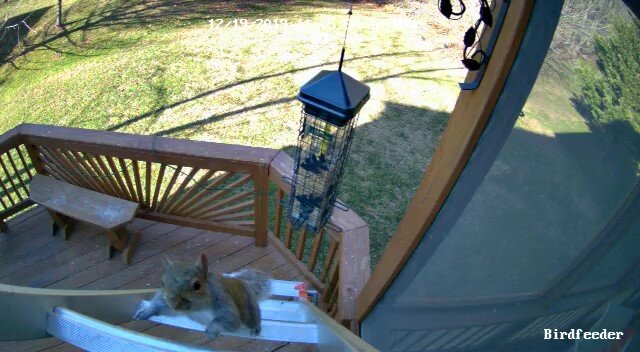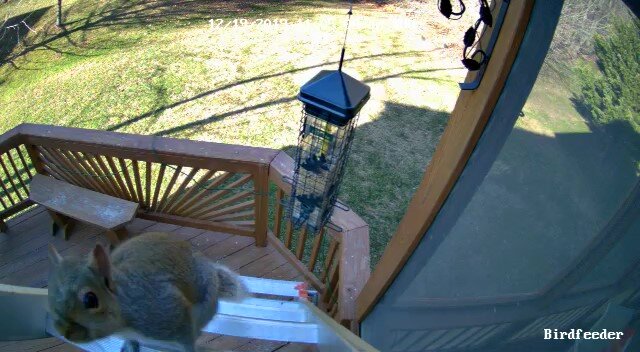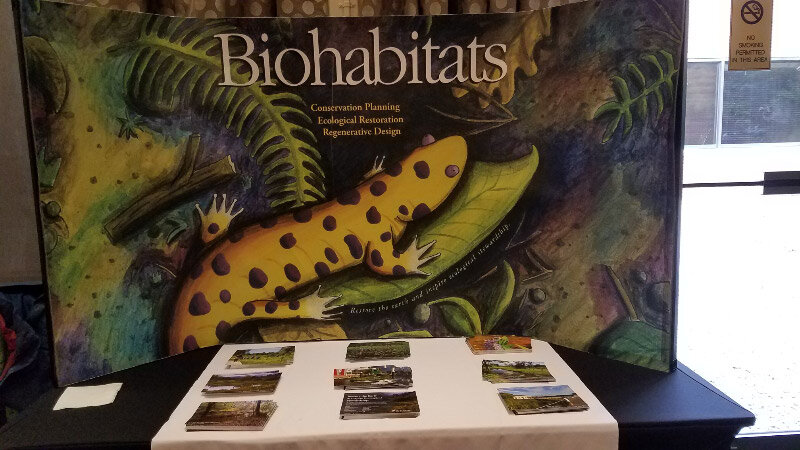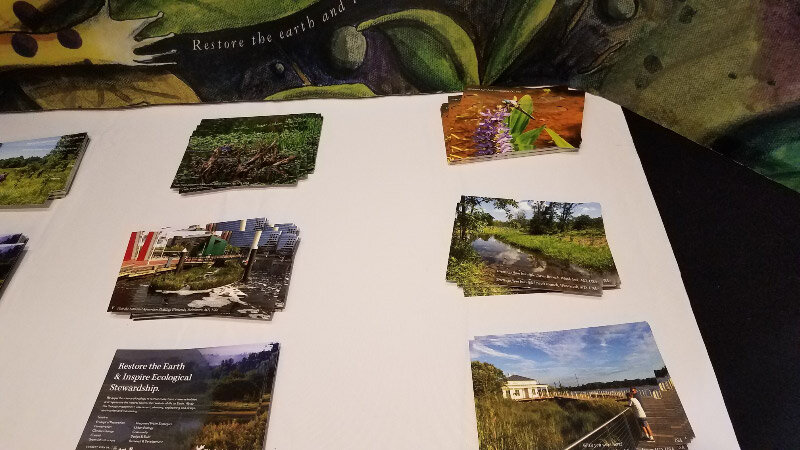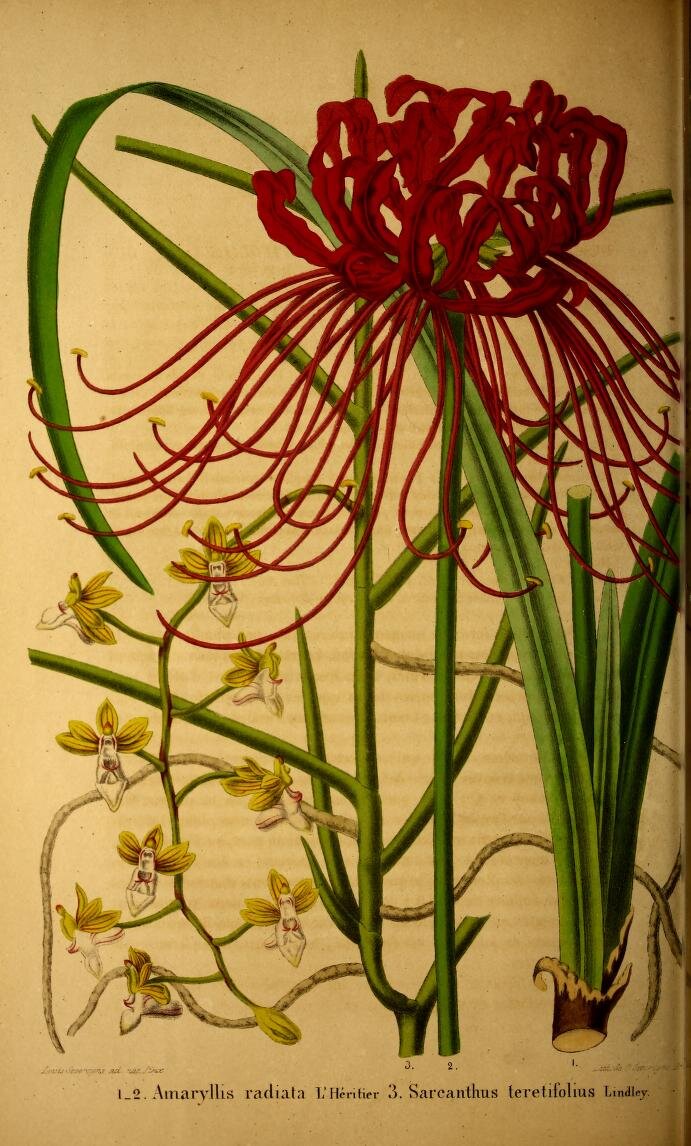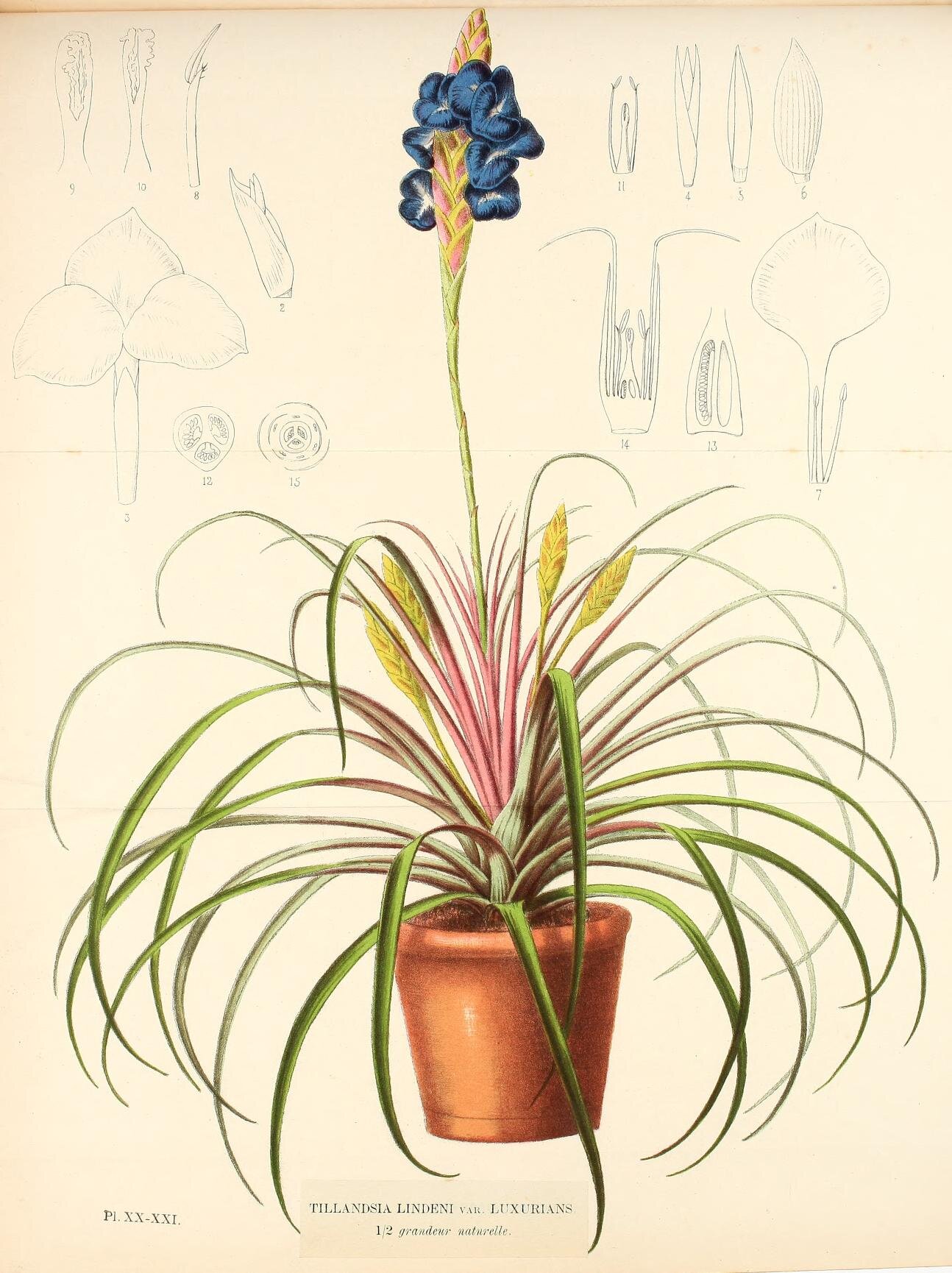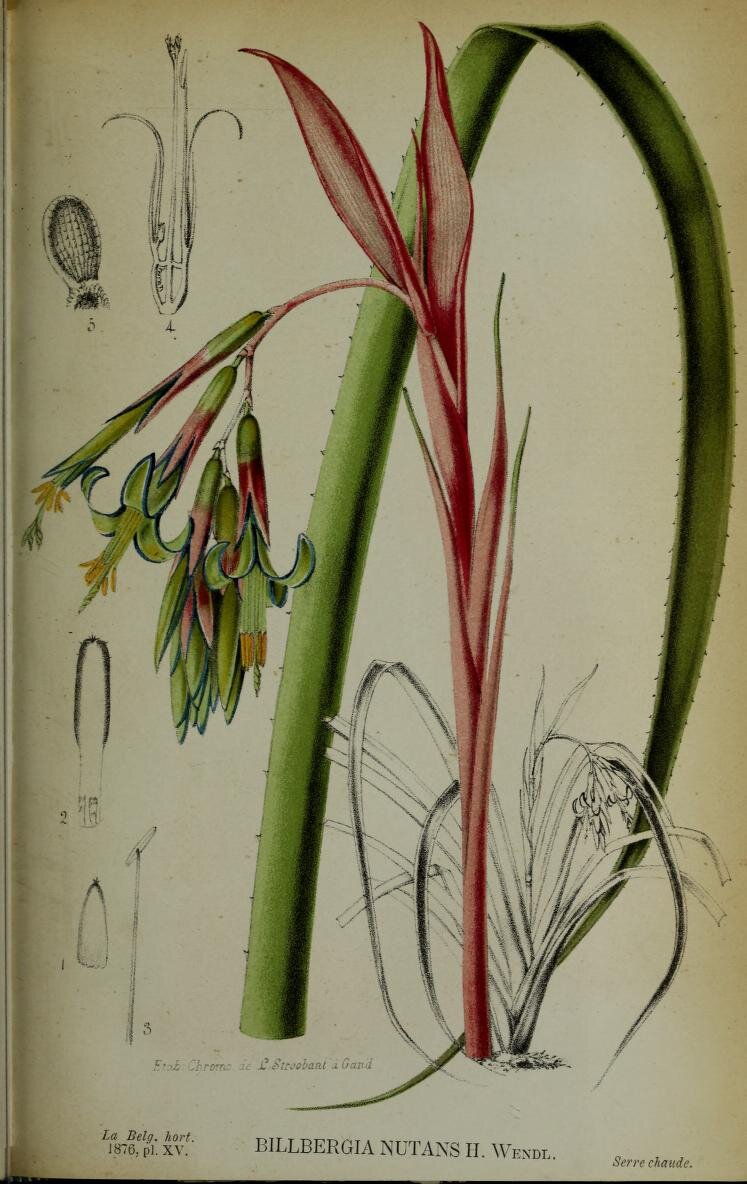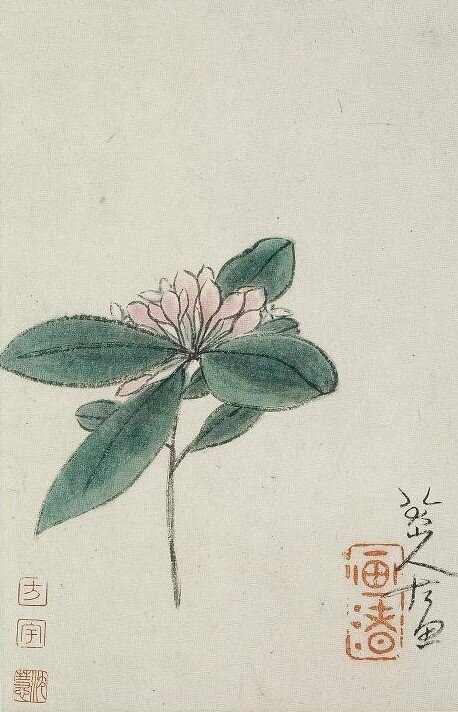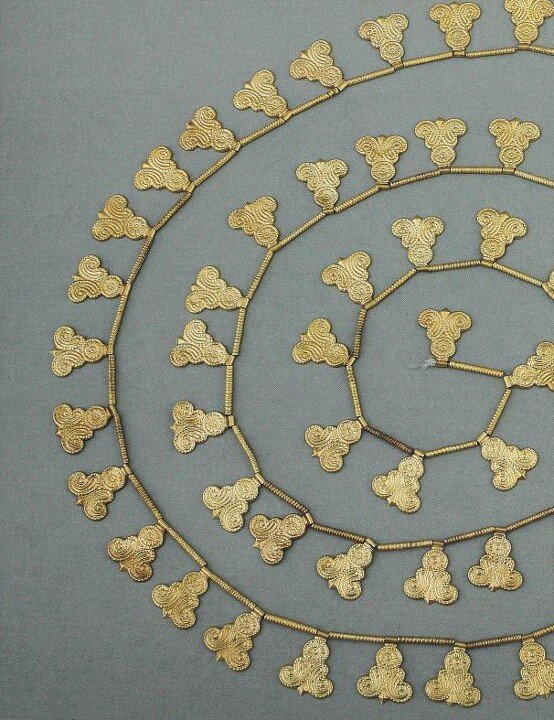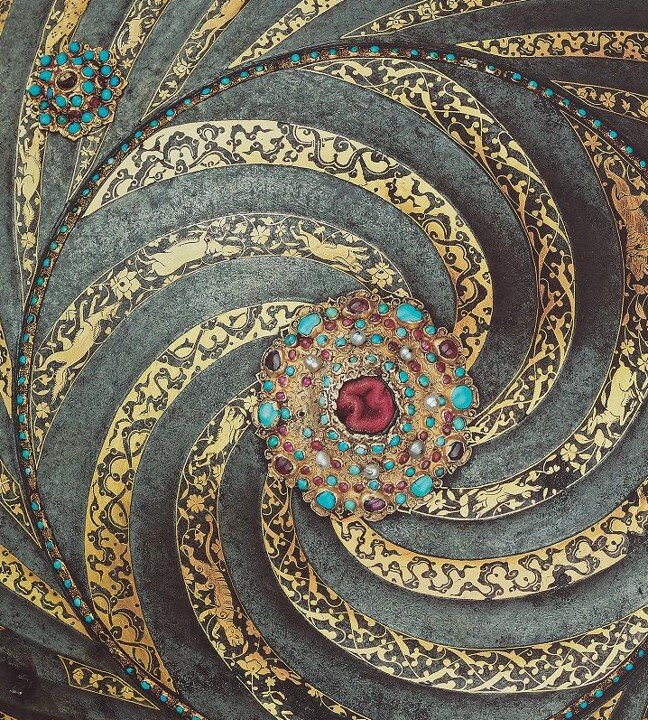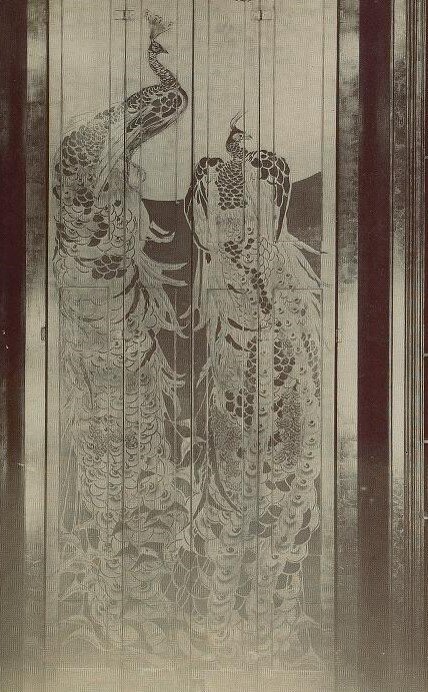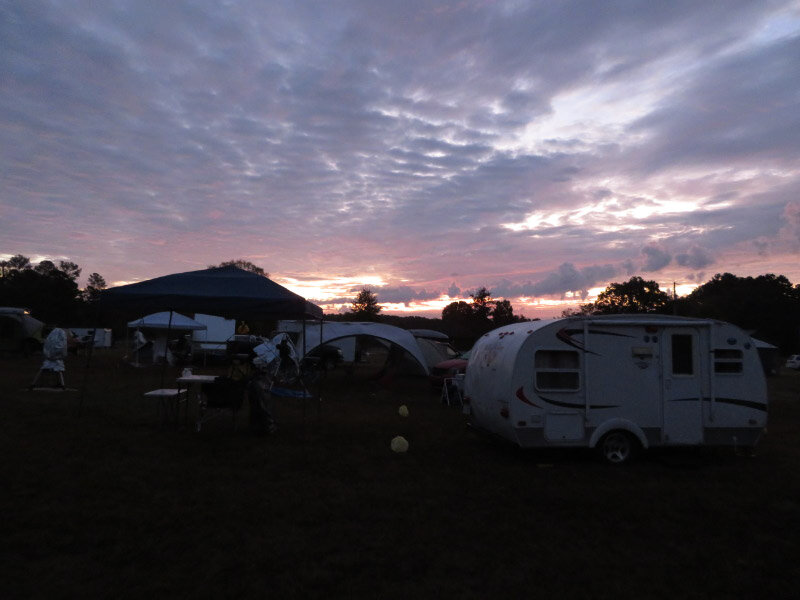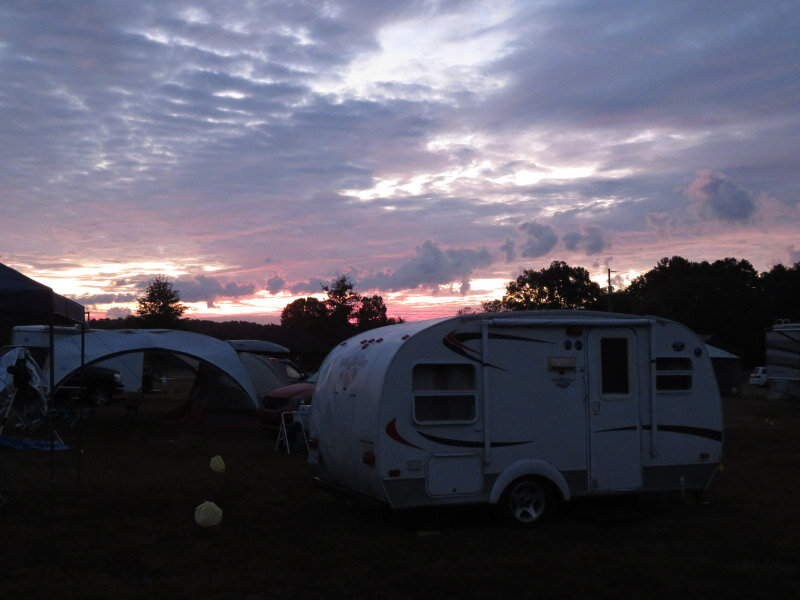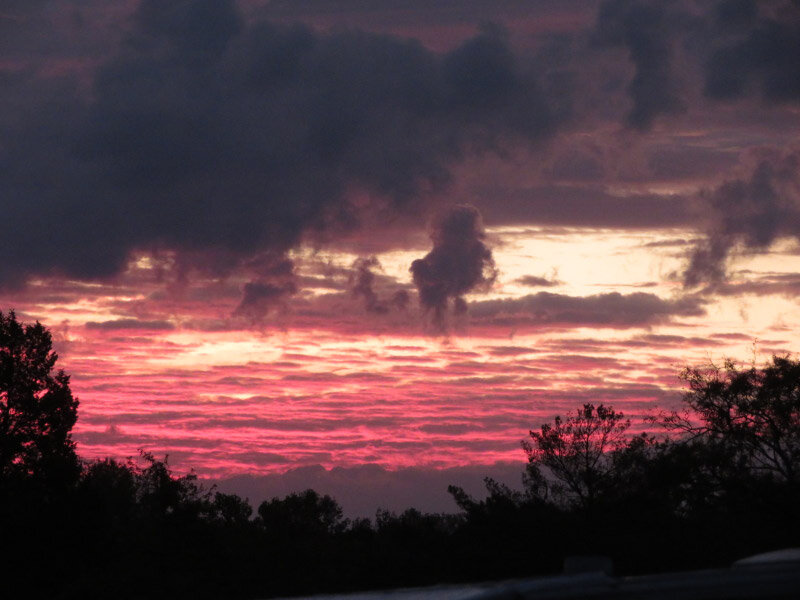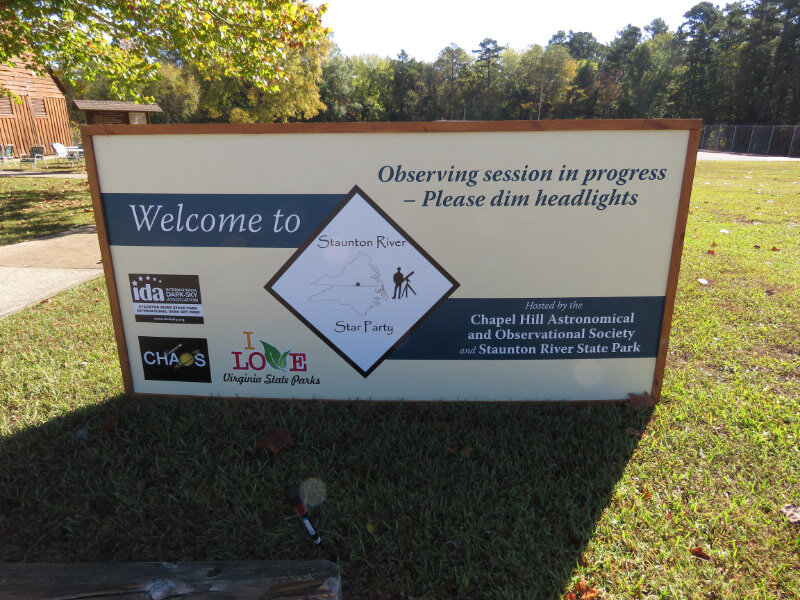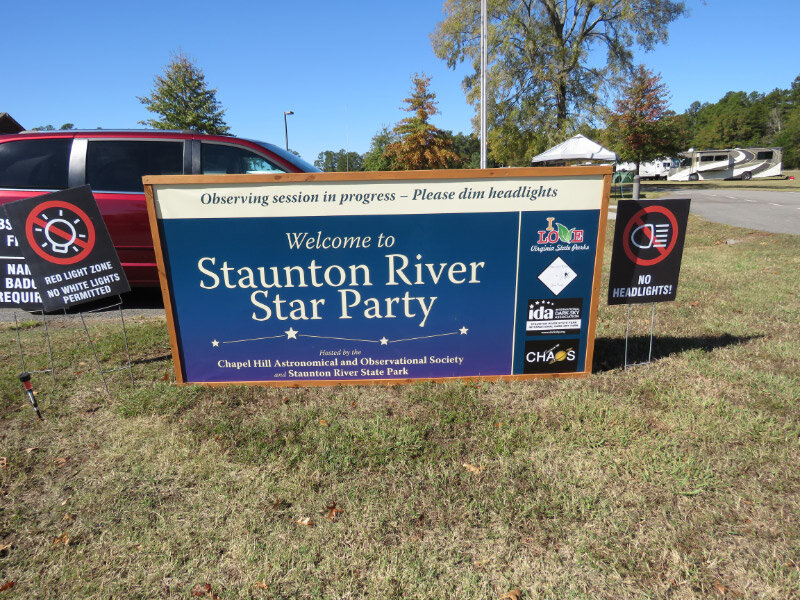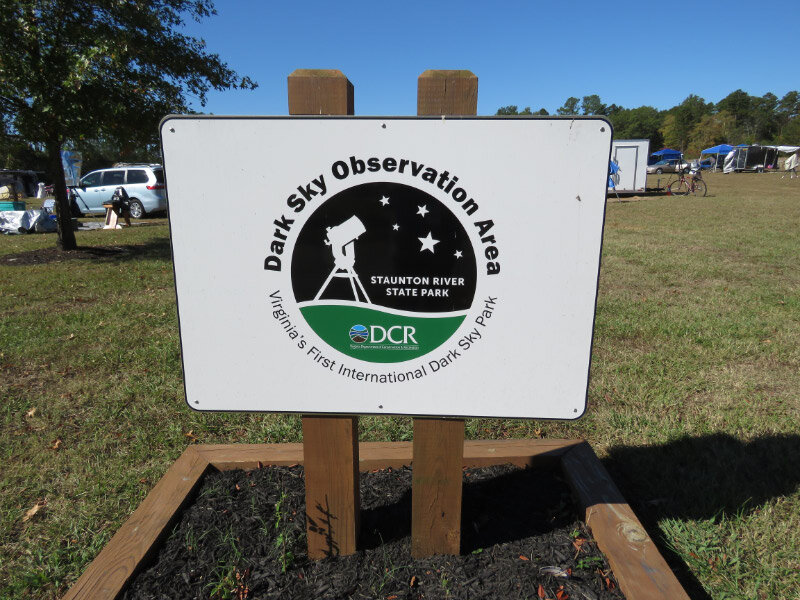First Day of 2020
/I got up early enough yesterday to see the sunrise. The clouds were too low and thick for it to be a great one…but it was the first of 2020. I did the same thing last year….with clouds making the color smudgy.
We decided that the clouds were going to clear off enough to make a trek to Conowingo Dam to see the bald eagles worthwhile. It was a cold morning, so we wore snow pants and took hand warmers. As we drove in, I noticed the seagulls first; we hadn’t seen any gulls last time we went to Conowingo (in late October). As I got out of the car, I heard some eagles and saw one flying with a stick. It circled around and went up to the platform near the top of an electrical tower. I later zoomed in for a picture of the sticks accumulating for the nest. There was a nest there in previous years so the pair may just be adding new sticks…making sure the sides are high enough to contain the chicks until they are ready to fledge.
The water was high from recent rains and the dam was generating power. Both gulls and eagles were benefiting from the fish available – stopped by the dam. We didn’t see any cormorants or great blue herons this time.
The eagles were active but very far away on the rocks and abutment…swooping above and into the water for fish. It is very close to out of range for my camera so most of my pictures are a little blurry.
There was an interaction between two birds on the abutment. They both looked rounded with their feathers fluffed and I wondered if it was from their ‘argument’ or just being cold.
Another interaction – two juveniles. One was on the rock but flew off just as the other came in for a landing.
Another juvenile was fishing…but didn’t manage to land a fish in this foray.
My husband’s camera did a bit better. He managed to photograph an adult catch a fish, jostle it into position, be chased by a juvenile…and then take the fish up to the nest. Was there a mate at the nest? We couldn’t see.
He also got some good pictures of juveniles; we are both beginning to appreciate the wing patterns of the juveniles – lots of variety in their look before they get their adult plumage.
I took a picture of one of the two cranes that are on the top of the dam facing the lake. I assume they are used to get large debris that washes down the Susquehanna from points north out of the water.





